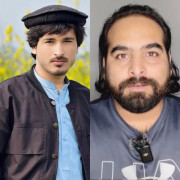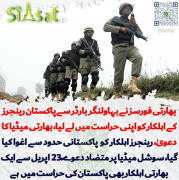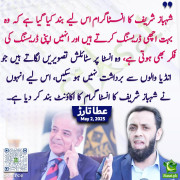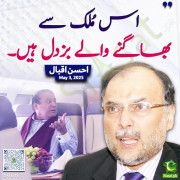Did you not get the most important part of the article that I have posted? It is that vote banks are being used to help the dominant communities of India. That is the elected people are furhtering the causes of the higher caste people. Which means that democracy is being misused and abused in India.
Also I am afraid that your dream peratining to Mayawati is a bit over-advertised. Following are the facts pertaining to Mayawati and UP:
Mayawati is a CM of the Indian state of UP. This state has a population of over 190M. Mayawati belongs to a low caste community and 50% of this state belongs to low castes ( 21% scheduled caste, 1% scheduled tribes, and 28% other backward castes). It is no fluke that a low caste individual received votes from other low caste people who happen to be a majority in the state. The other 50% include Muslims and high caste non-muslims. Her election had nothing to do with secularism it was a function of a caste based politics.
It is also interesting to know that before 2000 the state of UP used to be even bigger in population and area. However, in 2000 a new state of Uttarkhand was carved out from UP. This state has a population of 8.5M. The most interesting aspect of this state was its demographics. Unlike the current UP more than 80% of its people are either Hindu Rajputs or Brahmins. Hence a new state was created to facilitate the high caste hindus. Of course the official reason given to people was that UP is becoming too big.
I recommend you to read the Indian secularism tales to the youngs of your family at night as a fable. Indian secularism has no realistic value. It needs to be treated at its face value. That is, a work of fiction.
But all is not lost. May be you can go a little low on advertising the greatness of India and may be get yourself involved in bringing the sorry state of affairs of hundreds of millions of the low caste people of India to a more bearable set of conditions. Try to donate your money or time to these children of your lesser gods. Your government will not do anything about it because of the vote banks. Only the blessed people of India can bring change to the lives of the less blessed Indians. Only then can your India shine. And only then can your India be incredible.
Here is the website:
http://www.dalitnetwork.org/go?/dfn/donate
f[/quote:2di3mfyp]
well said khan saheb. this is the same india that these guys talk about? so they have been lying all along
India is not a democratic country. Democracy in india is pathetic, however only voting democracy does exist. for example, Indira ****hi paid Rs5 per voter to vote for her in Gujrat, that was the news in Canadian media years ago.
Democracy in india is good for the ruling Indians only, the poor 1.2B Indian are still suffering from British raj India as they did in the days of Nehru.... pathetic at its worst





























